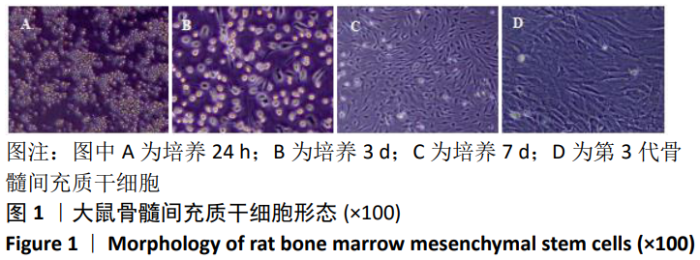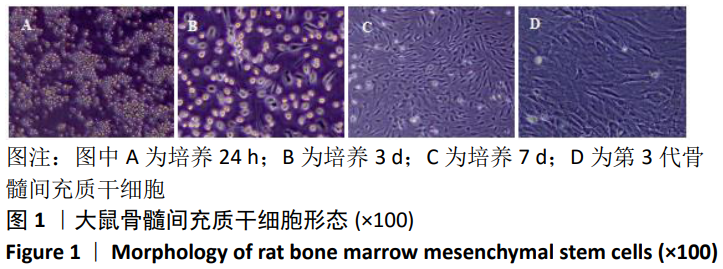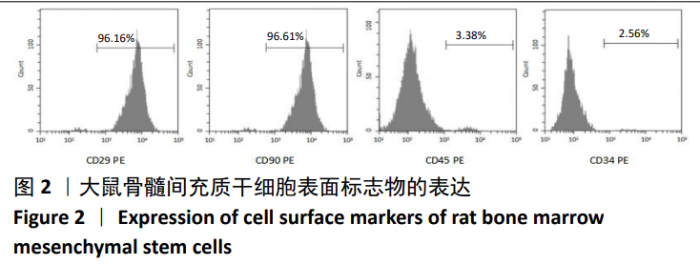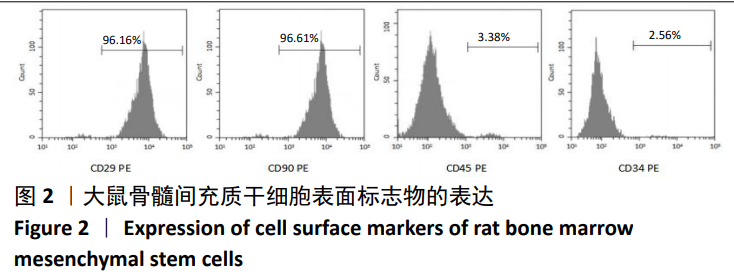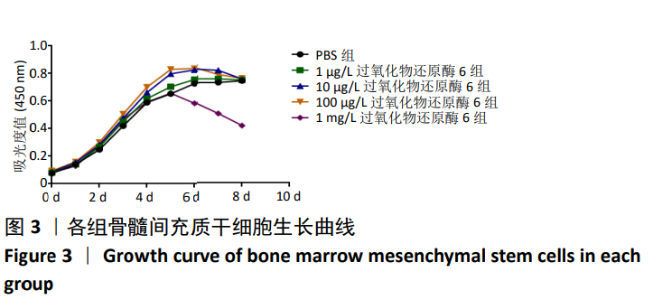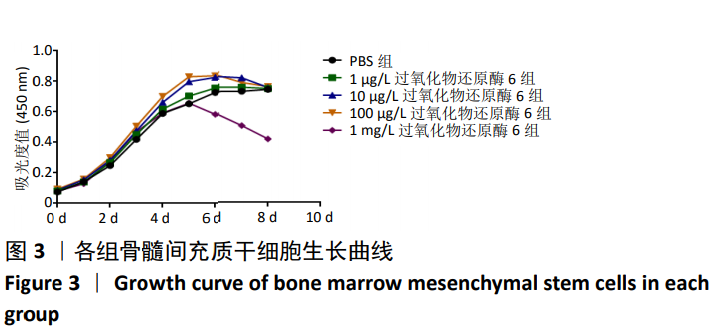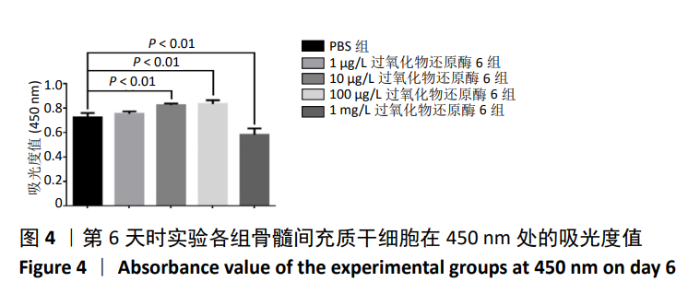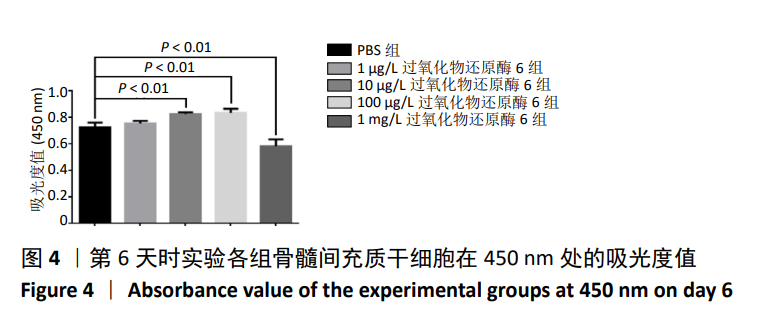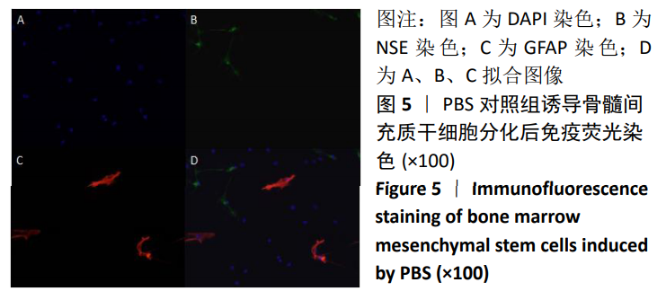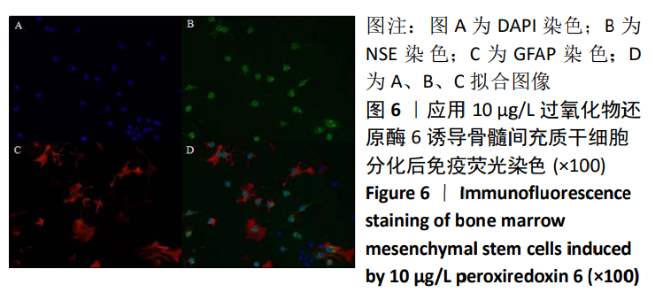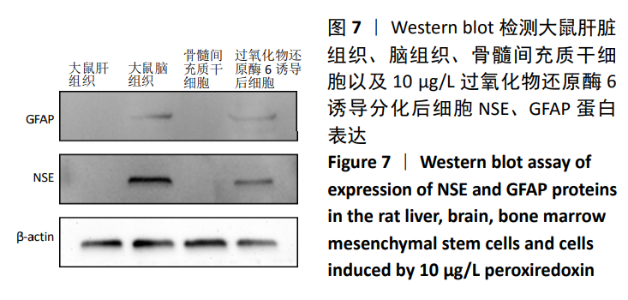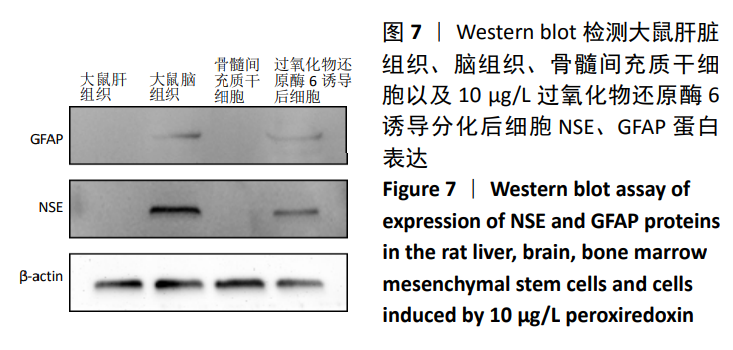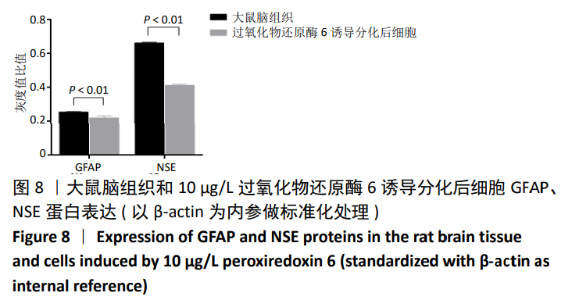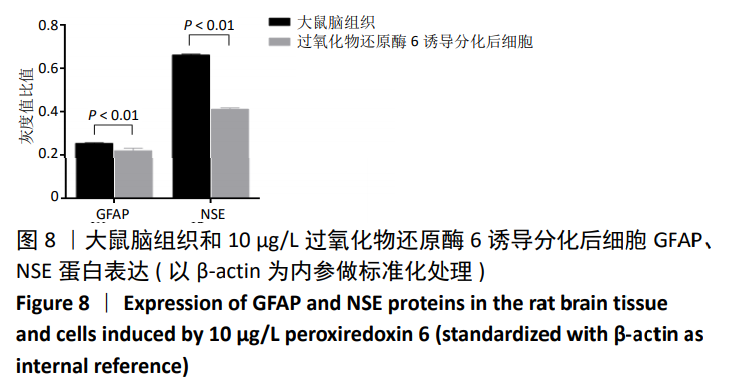[1] GRADE S, GÖTZ M. Neuronal replacement therapy: previous achievements and challenges ahead. NPJ Regen Med. 2017;2:29.
[2] SEO JH, CHO SR. Neurorestoration induced by mesenchymal stem cells: potential therapeutic mechanisms for clinical trials. Yonsei Med J. 2012; 53(6):1059-1067.
[3] ZHANG Z, CHOPP M. Neural Stem Cells and Ischemic Brain. J Stroke. 2016;18(3):267-272.
[4] CHEN J, LI Y, ZHANG R, et al. Combination therapy of stroke in rats with a nitric oxide donor and human bone marrow stromal cells enhances angiogenesis and neurogenesis. Brain Res. 2004;1005(1-2):21-28.
[5] SZETO JY, LEWIS SJ. Current Treatment Options for Alzheimer’s Disease and Parkinson’s Disease Dementia. Curr Neuropharmacol. 2016;14(4): 326-338.
[6] 韩效林,李敬东,王婉玲,等.抗坏血酸促进骨髓间充质干细胞的上皮转分化[J].中国组织工程研究,2017,21(1):13-17.
[7] HOFSTETTER CP, SCHWARZ EJ, HESS D, et al. Marrow stromal cells form guiding strands in the injured spinal cord and promote recovery. Proc Natl Acad Sci U S A. 2002;99(4):2199-2204.
[8] WOODBURY D, SCHWARZ EJ, PROCKOP DJ, et al. Adult rat and human bone marrow stromal cells differentiate into neurons. J Neurosci Res. 2000;61(4):364-370.
[9] HUAT TJ, KHAN AA, PATI S, et al. IGF-1 enhances cell proliferation and survival during early differentiation of mesenchymal stem cells to neural progenitor-like cells. BMC Neurosci. 2014;15:91.
[10] TATARD VM, D’IPPOLITO G, DIABIRA S, et al. Neurotrophin-directed differentiation of human adult marrow stromal cells to dopaminergic-like neurons. Bone. 2007;40(2):360-373.
[11] 张杰,秦华丽,蒋明.神经营养因子-3联合全反式维甲酸与β-巯基乙醇诱导大鼠骨髓间充质干细胞分化效果比较[J].温州医科大学学报,2018,48(9):641-645.
[12] SHI Y, ZHOU L, TIAN J, et al. Transplantation of neural stem cells overexpressing glia-derived neurotrophic factor promotes facial nerve regeneration. Acta Otolaryngol. 2009;129(8):906-914.
[13] ZHANG H, WEI YT, TSANG KS, et al. Implantation of neural stem cells embedded in hyaluronic acid and collagen composite conduit promotes regeneration in a rabbit facial nerve injury model. J Transl Med. 2008; 6:67.
[14] MANEVICH Y, FISHER AB. Peroxiredoxin 6, a 1-Cys peroxiredoxin, functions in antioxidant defense and lung phospholipid metabolism. Free Radic Biol Med. 2005;38(11):1422-1432.
[15] 谭丽,赵涌,姜蓓蓓,等.敲低小胶质细胞中过氧还原素6(PRDX6)降低氧糖剥夺再复氧神经元的存活[J].细胞与分子免疫学杂志, 2016,32(8):1014-1020.
[16] 姜蓓蓓,谭丽,姚辉,等.Peroxiredoxin6在脑缺血再灌注损伤中的抗氧化和抗凋亡作用[J].重庆医科大学学报,2016,41(8):781-786.
[17] AREVALO JA, VÁZQUEZ-MEDINA JP. The Role of Peroxiredoxin 6 in Cell Signaling. Antioxidants (Basel). 2018;7(12). pii: E172.
[18] ZHOU S, DODIA C, FEINSTEIN SI, et al. Oxidation of Peroxiredoxin 6 in the Presence of GSH Increases its Phospholipase A₂ Activity at Cytoplasmic pH. Antioxidants (Basel). 2018;8(1). pii: E4.
[19] YUN HM, PARK KR, LEE HP, et al. PRDX6 promotes lung tumor progression via its GPx and iPLA2 activities. Free Radic Biol Med. 2014; 69:367-376.
[20] 孟明,张化彪.骨髓间充质干细胞对神经损伤修复的保护机制[J].中国组织工程研究与临床康复,2007,11(42):8573-8577.
[21] YAN F, LI M, ZHANG HQ, et al. Collagen-chitosan scaffold impregnated with bone marrow mesenchymal stem cells for treatment of traumatic brain injury. Neural Regen Res. 2019;14(10):1780-1786.
[22] 沈洲,葛庆宇,夏开国,等.骨髓间充质干细胞移植治疗双侧盆神经损伤大鼠排尿功能障碍的初步研究[J].临床泌尿外科杂志, 2019, 34(5):385-388.
[23] 罗建达,刘瑞莲,时殿辉.骨髓间充质干细胞与运动性脊髓损伤[J].中国组织工程研究与临床康复,2010,14(36):6813-6816.
|
